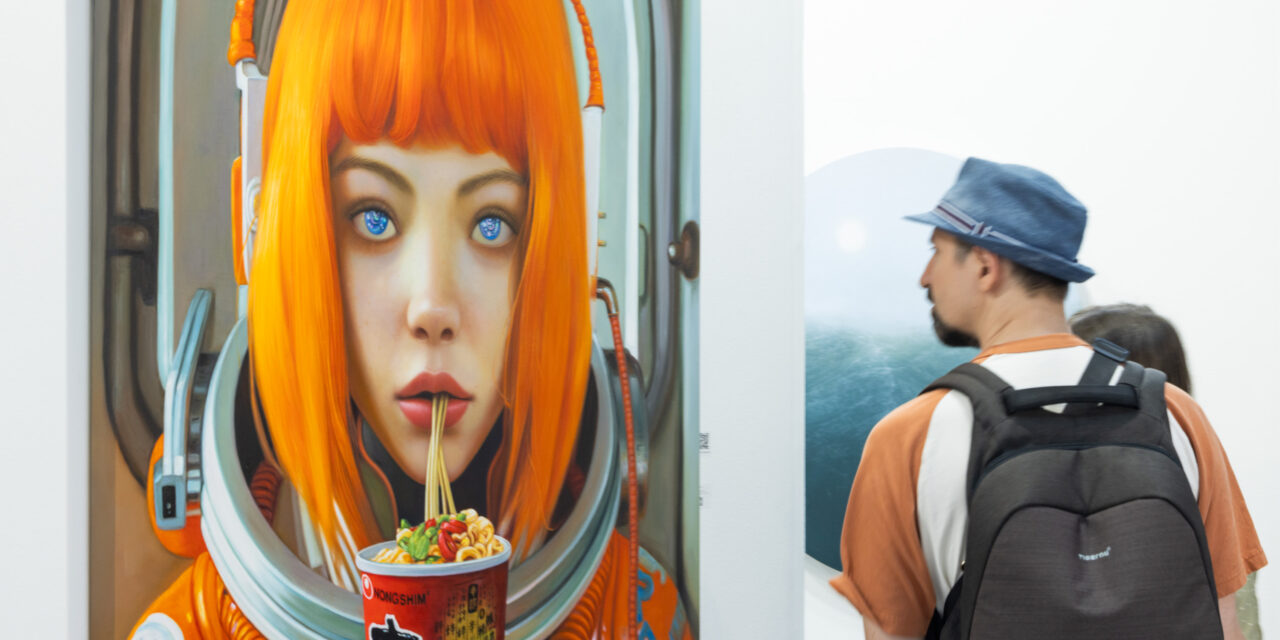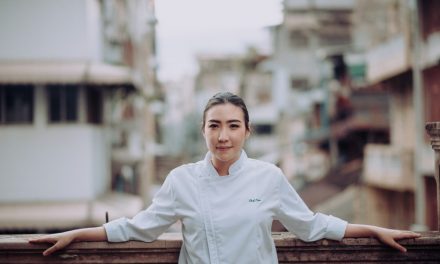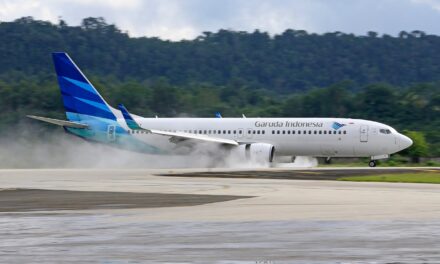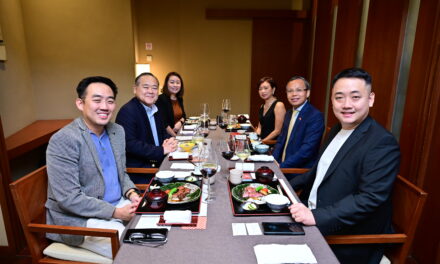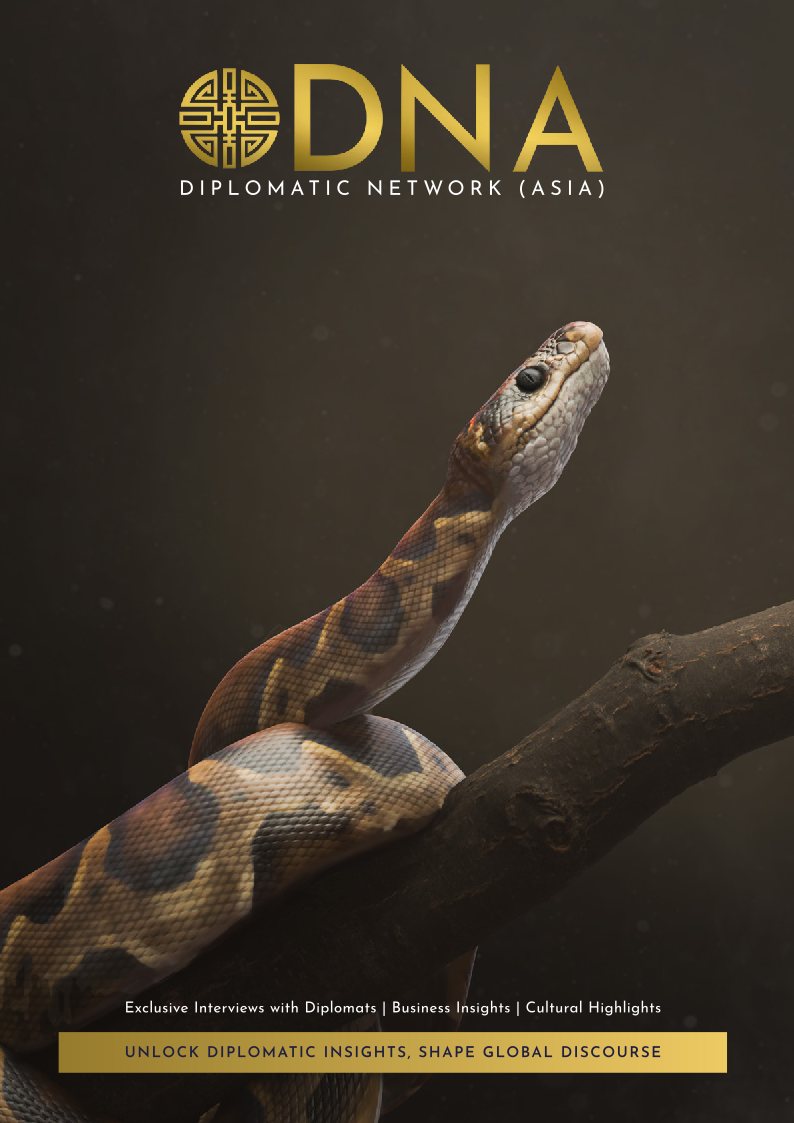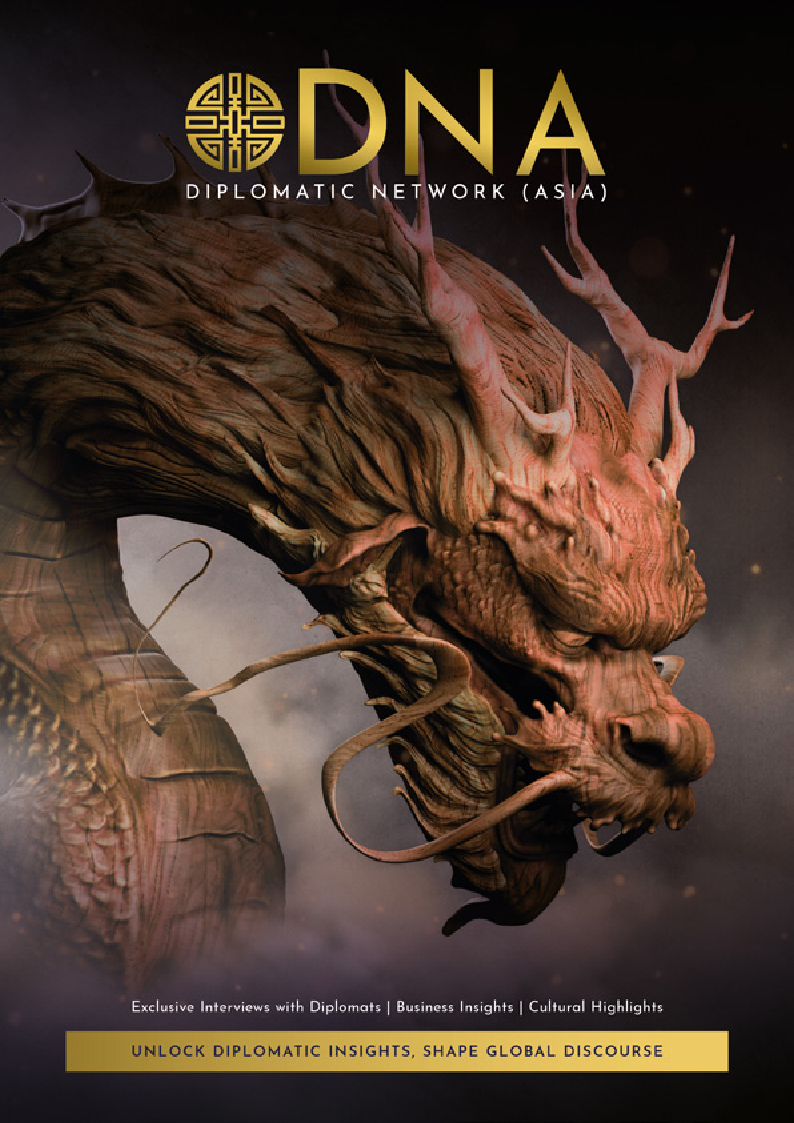As the art world becomes increasingly global, events like Kiaf Seoul play a pivotal role in shaping cross-cultural dialogue and fostering international connections.
Eunice Jung, a director at Kiaf Seoul, spoke to Diplomatic Network (Asia) about the international art fair’s mission, the challenges and opportunities of working with international galleries, and the profound impact art can have on bridging cultural divides.
Kiaf Seoul has been running since 2002, with the most recent fair having taken place in Seoul last weekend.
With Kiaf’s long-standing collaboration with global institutions such as art magazine Frieze, Jung shares her thoughts on how art fairs serve as platforms for diplomacy, innovation, and meaningful exchange, positioning Seoul as a hub in the international art scene.
In what ways do you see art fairs like Kiaf playing a role in cultural diplomacy? Can art help bridge gaps between nations and foster international understanding?

At its core, Kiaf Seoul serves as a vital platform for cultural diplomacy. By uniting artists, galleries, and collectors, beginning with Korea and spanning the globe, we create a space for meaningful dialogue that transcends borders.
The universal language of art helps bridge gaps between nations, fostering greater international understanding. Kiaf’s collaboration with Frieze has further expanded this role, highlighting Korea’s dynamic art scene to the world while introducing global perspectives to Korea.
What are some of the key challenges and opportunities in working with international galleries and artists? How does Kiaf Seoul facilitate cross-cultural collaboration?
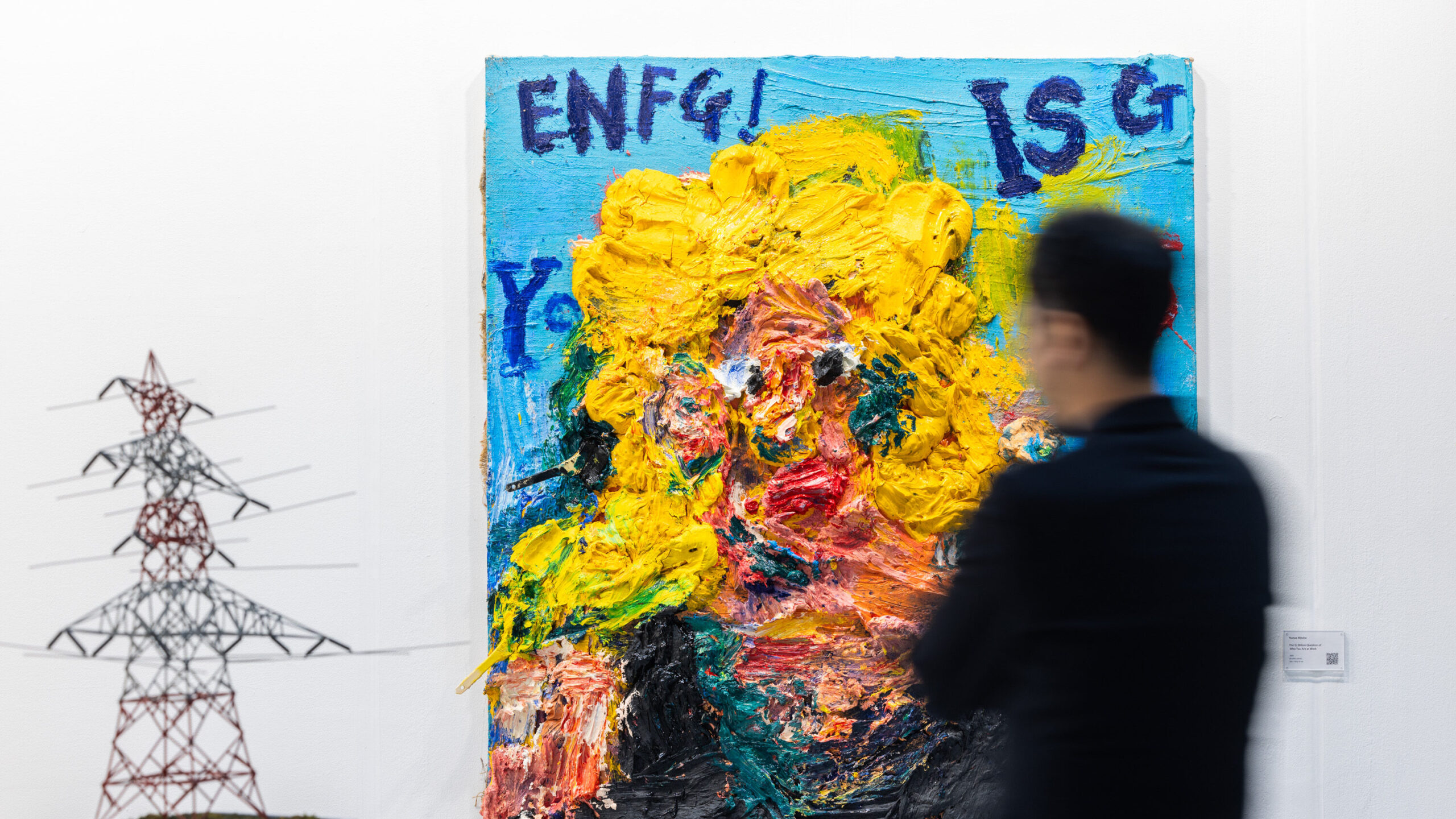
The main challenge in working with international galleries and artists lies in overcoming cultural differences and logistical complexities, but these are also our greatest opportunities.
Kiaf leverages its long-standing experience of 23 years to support seamless collaboration, offering guidance on the Korean market and facilitating connections. By doing so, Kiaf fosters a truly global exchange of ideas, enriching the fair with diverse artistic voices.
Many contemporary artists engage with pressing social and political issues. How does Kiaf Seoul navigate the presentation of politically or socially charged artworks, especially in a diverse and international context?
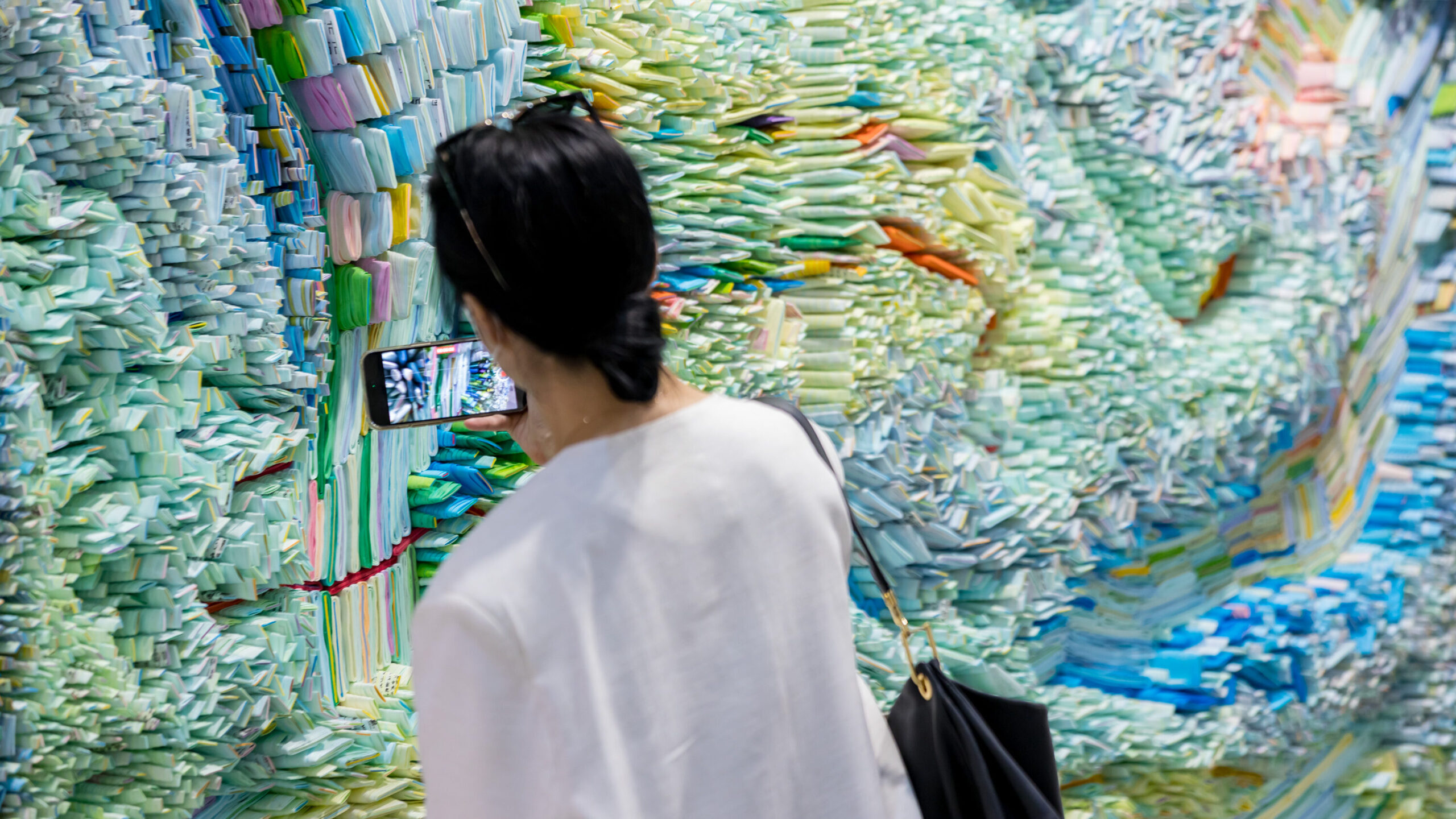
Kiaf embraces art that engages with significant social and political issues, recognizing the power of art to reflect contemporary times.
We create an inclusive space where these works can spark important conversations while remaining sensitive to our diverse, international audience. Through the Kiaf Highlights Award, we specifically focus on contemporary relevance as a key criterion, spotlighting artists who address these pressing issues.
Additionally, our collaborative talk programs with Frieze and KAMS provide deeper discussions, offering a platform to explore these topics beyond the artworks themselves and fostering a space for critical dialogue across cultures.
As an organizer, what has been the most rewarding experience for you in your role at Kiaf Seoul? What do you hope attendees take away from the fair?
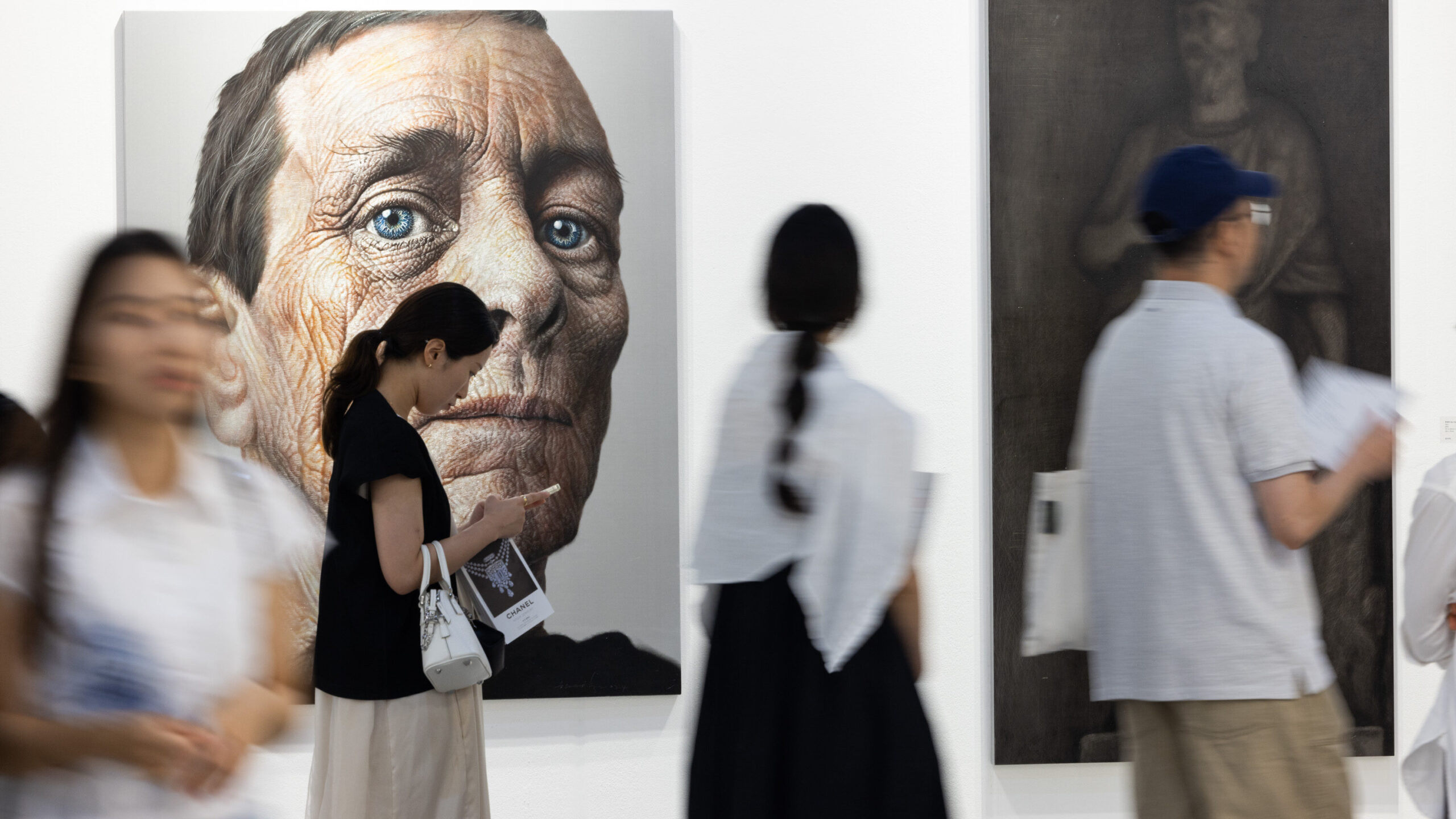
The most rewarding part of organizing Kiaf has been witnessing its transformation into a globally recognized event. Seeing how local artists and galleries now connect with international markets is truly fulfilling.
I hope attendees leave Kiaf with a sense of discovery—whether it’s finding a new favorite artist or gaining deeper insights into the evolving art world. Above all, I want them to feel the energy and vibrancy of Seoul’s thriving art scene.

